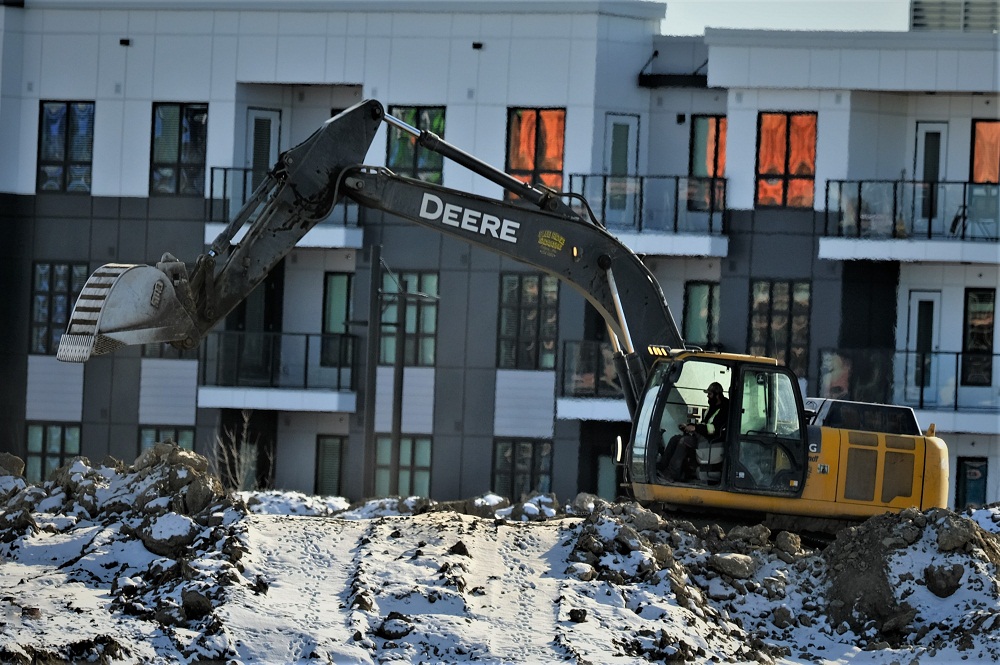Different Stages of a Demolition Project Explained

There are many steps needed in the process of commercial excavation in Traverse City. When demolition is required, it isn't necessarily as simple or as straightforward as many people might imagine. Demolition is very careful and involved work. Learning about the different stages of a demolition project could help answer many common questions and provide you with a better appreciation of what it entails.
1. Assessment
 Every project requires an estimate in order to create a customized plan. No two projects are the same, so an assessment must be performed every time. This must include a survey of the structure as well as the surrounding area. Anything and everything that could be impacted by the demolition has to be taken into consideration. This includes identifying any hazardous materials, such as anything flammable or explosive.
Every project requires an estimate in order to create a customized plan. No two projects are the same, so an assessment must be performed every time. This must include a survey of the structure as well as the surrounding area. Anything and everything that could be impacted by the demolition has to be taken into consideration. This includes identifying any hazardous materials, such as anything flammable or explosive.
2. Estimate
After the scope of work has been fully established, the cost has to be determined. This is the estimate. Every demo company should offer an estimate for each job. This needs to include an explanation of how they arrived at the estimate. It's worth noting that an estimate is not a guarantee. Factors could change and may affect the final cost.
3. Planning
Creating a plan is crucial. During this stage, all necessary permits are acquired. Without permits, the work can't be done. This covers local ordinances as well as any regulations impacting the local area. Once approved, the demolition team should be able to construct their plan for the demolition. Safety measures are considered and worked into the demolition plan. Depending upon the needs of the projects, this may mean netting, screens, or covered walkways. Any remaining debris needs to be accounted for as well.
4. Preparation
Once the plan has been finalized, it's time to prepare the site itself. If the location was previously in use, this could mean addressing gas, electricity, water, and sewage. At a minimum, any buildings or other structures have to be cleaned out and cleared.
5. Inventory
If demolition is to run smoothly, building owners have to be involved. One key part is making an inventory of everything left. Once this has been completed, you can make arrangements. Desks, chairs, and other furnishings that are in good condition could be donated, re-purposed, or simply transported to a different site. Keep in mind that paint, cleaning agents, and other chemicals will have to be collected by hazardous waste collection. You can't simply throw it away or flush it down the drain.
6. Inspections
A thorough inspection is absolutely essential. This allows you to identify hazardous materials, such as lead paint or asbestos. If the demolition crew comes across something harmful during the project, it could cause the work to stop. This will likely result in wasting time and money.
7. Demolition
You're now at the demolition part of the demolition process. Generally, this is the easy part. A good plan, thorough inspection, and with all of the permits in place, demolition should go off without a hitch. During this stage, safety is key. Fire-fighting equipment, as well as medical and first-aid facilities, need to be readily available at all times.
8. Cleanup
This is the final step. Even small projects create a ton of debris. Debris removal has to always be part of every plan. After everything has been hauled away and cleaned up, any temporary fencing or signs have to be taken down and removed.
Contact Martin Land Improvement at (231) 645-3400 if you need a general contractor in Traverse City.



